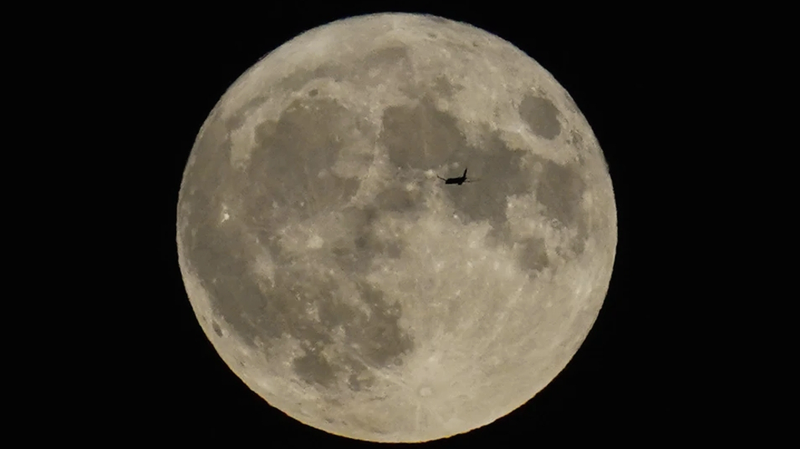🌕 Ever dreamed of living on the Moon? Well, that sci-fi fantasy might be closer than you think! 🚀 Scientists have just confirmed the existence of a massive cave on the lunar surface, not too far from where Neil Armstrong and Buzz Aldrin took their historic first steps 55 years ago. Talk about cosmic neighbors!
An Italian-led research team announced this exciting discovery on Monday. They've found evidence of a sizable cave that's accessible from the deepest known pit on the Moon, located in the Sea of Tranquility—just 400 kilometers from the Apollo 11 landing site. 🛰️
This pit, like over 200 others scattered across the lunar landscape, was formed by the collapse of ancient lava tubes. By analyzing radar measurements from NASA's Lunar Reconnaissance Orbiter and comparing them with Earth's own lava tubes, researchers uncovered this lunar hideout. Their findings were published in Nature Astronomy, shedding light on mysteries that have intrigued scientists for over half a century.
\"Lunar caves have remained a mystery for over 50 years. So it was exciting to be able to finally prove the existence of one,\" said Leonardo Carrer and Lorenzo Bruzzone from the University of Trento. And who wouldn't be excited? This cave is estimated to be at least 40 meters wide and tens of meters long—maybe even more. That's plenty of room for future lunar explorers to set up camp! 🏕️
Most of these pits are found in the Moon's ancient lava plains. But here's the kicker: there might also be some near the Moon's south pole, where NASA plans to land astronauts later this decade. 🌌 These caves could serve as natural shelters, protecting astronauts from cosmic rays, solar radiation, and pesky micrometeorite strikes. Think of them as the Moon's own underground bunkers!
Why is this such a game-changer? Building habitats from scratch on the lunar surface would be super challenging and time-consuming. Using existing caves could make life a lot easier—and safer—for astronauts. Plus, exploring these caves could help scientists understand more about the Moon's volcanic past and how it evolved over billions of years. 🕵️♂️🌋
Remember when Armstrong and Aldrin first walked on the Moon on July 20, 1969? 🌠 Since then, 12 astronauts have set foot on our celestial neighbor during NASA's Apollo program. Now, with discoveries like this, we're gearing up for a new era of lunar exploration. Who knows? Maybe one day, we'll be booking vacations to lunar caves! 😉
So, keep your eyes on the skies and get ready for the next giant leap for mankind. The Moon might just become our next home away from home! 🏡🌖
Reference(s):
Scientists confirm lunar cave that could house future astronauts
cgtn.com




